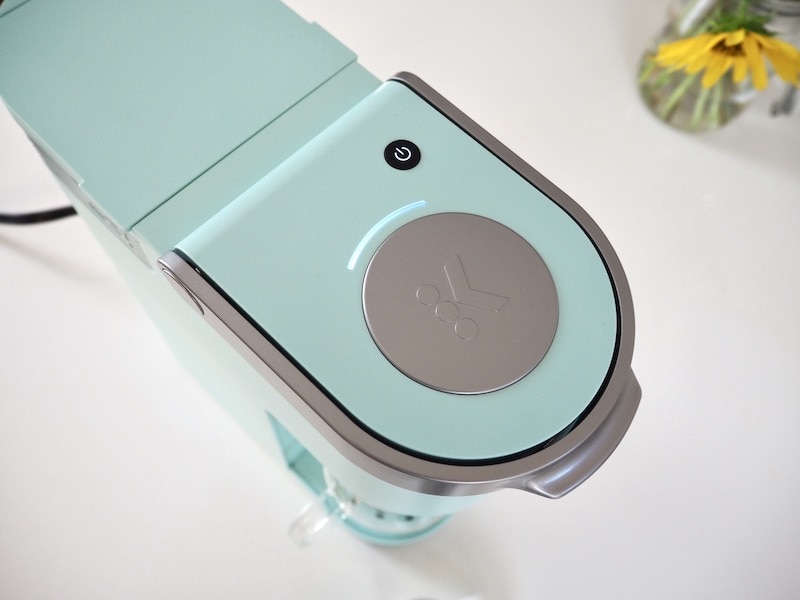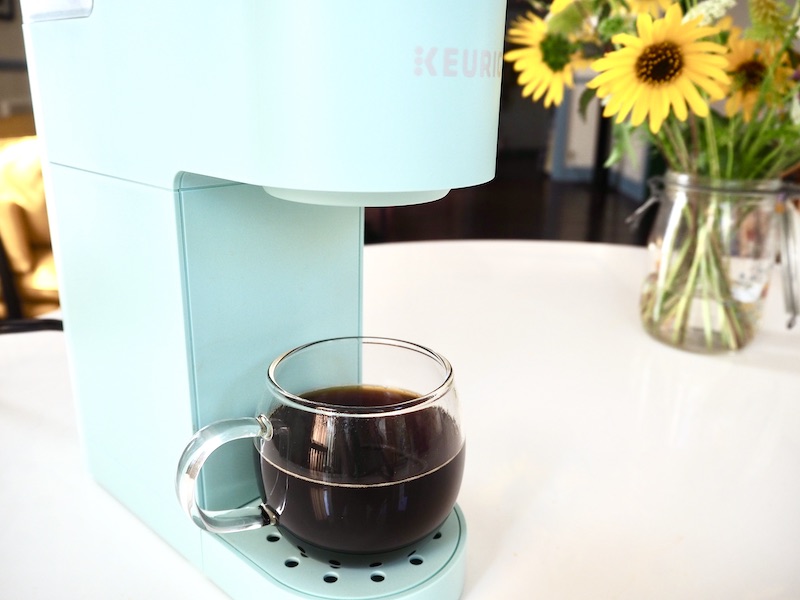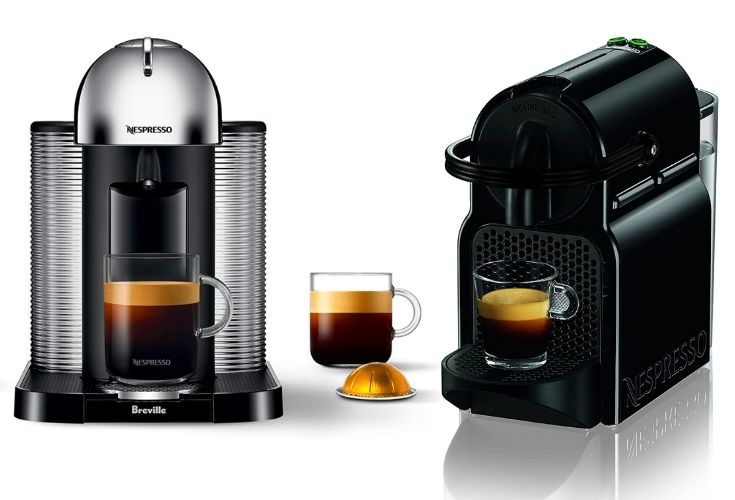
Keurigs are the ultimate coffee maker for efficiency and speed, and many coffee drinkers have made the switch to Keurig, hoping to have a hands-off brewing experience. For the most part, Keurig coffee makers deliver on their promise to bring delicious coffee to their customers at the push of a button but, occasionally, they still require some attention.
One of the most common complaints we hear about Keurigs is that the coffee they produce gets weaker over time. You might assume that weakening coffee is a sign that your machine is dying and that it is time to buy a new one, but before you rush to the store, there are a few things you can try to breathe new life into your old reliable coffee maker. In this article, we will give you some things to try when your Keurig starts making weaker coffee than usual. There is a quick fix in many cases, and you’ll be back to drinking smooth, bold coffee in no time!

Treating the Symptoms
Before we get to a solution that addresses possible root causes of weak Keurig coffee, we want to point out that purchasing a different K cup can often do the trick. Some K cups are inherently more flavorful than others, and switching to one of the more potent options can mask the problem and quickly get you back to enjoying your morning coffee.
Many people find dark roast coffee more flavorful, despite a coffee’s strength having more to do with how you brew it than the intrinsic qualities of the bean. If you tend to favor light and medium K cups, consider switching to a darker roast. Changing K cups is an excellent short-term solution that will buy you time while you troubleshoot the underlying problem.
Another quick fix is to use less water. As we’ll see in the next section, weak coffee from a Keurig is usually caused by water flow issues, and using less water will make your cup stronger. This still isn’t a solution that fixes the problem, but it is an easy way to make stronger coffee while you try to address the actual problem.

Curing the Disease
Now that we’ve offered you two band-aids to use in the short term, it’s time to roll up our sleeves and try to fix the underlying problem causing your Keurig to brew weak coffee.
Most often, weak coffee is caused by a clogged needle. Keurigs have a needle in the top of the machine designed to pierce K cups and deliver water to the pod. In a healthy, functioning Keurig, the needle punctures the K cup, and then water flows through the needle into the coffee grounds, where it drains into your cup.
The problem arises when the water needle gets clogged with old coffee grounds, mineral deposits, or other unidentifiable gunk resulting from regular use. When the needle is clogged, only some water winds up in the K cup while the rest leaks out of the top of the needle and bypasses the coffee grounds, resulting in a weak, watery coffee.
If your coffee is suddenly weaker than it used to be, it might be due to a clogged needle, and cleaning the needle is likely to restore your coffee to its former, strong glory. Here’s how:
1. Unclogging the Needle

- Remove the needle from your Keurig. Each Keurig model is slightly different, but all have a way to remove the needle for cleaning. Consult your Keurig’s user manual and follow the directions for safely removing the needle.
- Use a small, thin object like a toothpick or sewing needle to physically unclog the Keurig needle. If a clogged Keurig needle is the culprit behind your weak coffee, it is usually obvious because you will find significant residue and build-up.
- Reverse the steps to remove the needle and replace it. We recommend doing a trial run with water to make sure you reattached the needle correctly before you try making a cup of coffee.
2. That Didn’t Work, Now What?
Not to worry! We have one more trick to try before throwing in the towel and telling you to buy a new Keurig. If cleaning the needle didn’t work, you might need to descale your Keurig. Some regions have hard water — that is, water with high mineral content — which can leave behind thick residue and clog your coffee maker. Luckily, removing this build-up is easy.

- Fill your Keurig’s water reservoir halfway with vinegar.
- Fill the rest of the reservoir with water.
- Run a brewing cycle without inserting a K cup. The goal is to let the vinegar mixture run through the machine and clean out any mineral deposits and other build-ups.
- Refill the reservoir with only water and run another brew cycle without a K cup. We recommend repeating this step several times to remove any lingering vinegar from your machine.
If this doesn’t restore your Keurig coffee’s strength, then, unfortunately, it’s probably a good idea to replace the machine.

Conclusion
Keurigs are unmatched in their convenience for home coffee brewing, but sometimes you’ll still need to take a peek under the hood and give them a little TLC. Luckily, most weak coffee is caused by build-ups either in your Keurig’s needle or water lines, and cleaning the needle and running a brew cycle with vinegar is usually enough to do the trick. If neither fixes the problem, then it’s likely that your machine needs to be replaced.
















